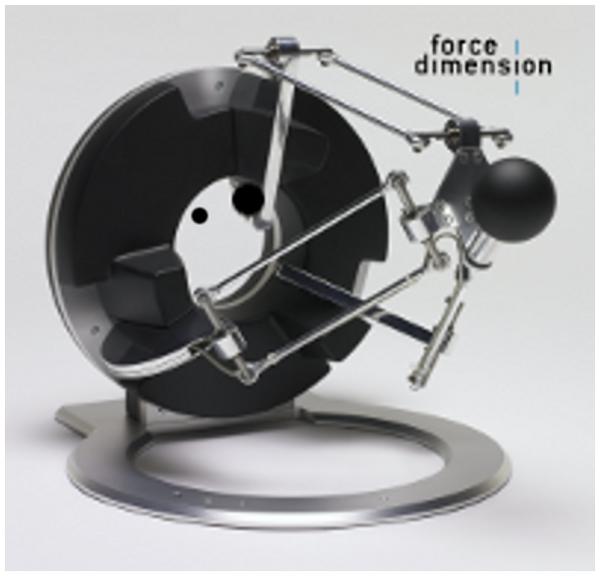More than 200 operations per minute! It’s not a firearm, but rather an outstanding packaging tool. The Delta robot made light work of hundreds of packets of Smarties at the Triennial Interpack Exhibition in Düsseldorf. The inventor of the concept, Reymond Clavel, was presenting in Germany the most recent version of the Delta robot, resulting of a collaboration with Bosch. The performance of “Delta Direct Drive” is impressive – the robot can achieve acceleration of over 15 g, and this represents an increase in performance of 50% compared to robots of the previous generation.
Increasing speed and maintaining precision
The challenge in developing this new variant was daunting – it involved increasing the speed of the Delta robot, while maintaining its precision. Previously, less powerful motors required the addition of a mechanical component, enabling a more effective transmission of the movement, but this limited the maximum speed of the robot. Scientists have now been able to take advantage of the progress made in motorization – in both power and cost – and this avoids the use of any such linking components. Thus, they have really gone up a gear. Reymond Clavel reveals: “The idea of direct drive had been tucked away in a drawer for ages, but then again, twenty years ago the cost of such motors would have been much too high.”
A success story
 In 1985, the first Delta robot revolutionized the packaging world with its three arms and its gripping device. And – unthinkable at the time – a quarter of a century later, it has become a standard in industrial packaging. Reymond Clavel explains: “In fact, I was astonished to note that around 140 Delta robots were working all around the Düsseldorf fair.” A belated success for this robot, which had taken off rather too slowly for its inventor’s liking. He continues: “To be honest, when we had developed the first Delta, I was so enthusiastic that I expected lots of companies to rush to my office to buy one. Not at all! In fact, two years passed before we signed our first licence transfer, because our robot had scared off the industrialists. Its very fine structure, which looked like an umbrella to them, was disconcerting. They thought that it wasn’t robust enough.” Time has proved them wrong.
In 1985, the first Delta robot revolutionized the packaging world with its three arms and its gripping device. And – unthinkable at the time – a quarter of a century later, it has become a standard in industrial packaging. Reymond Clavel explains: “In fact, I was astonished to note that around 140 Delta robots were working all around the Düsseldorf fair.” A belated success for this robot, which had taken off rather too slowly for its inventor’s liking. He continues: “To be honest, when we had developed the first Delta, I was so enthusiastic that I expected lots of companies to rush to my office to buy one. Not at all! In fact, two years passed before we signed our first licence transfer, because our robot had scared off the industrialists. Its very fine structure, which looked like an umbrella to them, was disconcerting. They thought that it wasn’t robust enough.” Time has proved them wrong.
From chocolates to neurosurgery
Originally conceived to manipulate small, light objects such as chocolates, over time the Delta has been used for many other applications. Together with the team from the Laboratoire de systèmes robotiques, Mohamed Bouri is developing new variants of the highly dynamic tool: “In particular, we have developed ultra-high-precision robots, designed for use in the areas of electro-erosion, which involves machining very hard materials. These robots are also used in the manipulation and positioning of optical elements.”

Other members of the Delta family have been developed in areas which demand the highest possible speed and precision, for example in watchmaking. Working together with neurosurgeons at the University Hospital Center of the canton of Vaud, a tactile feedback device has been developed to enable the surgeon to perform his hand movements. Reymond Clavel is convinced – the future of the Delta robot is assured. It will be adapted for use in many important areas: processing; packaging, surgery, watchmaking and – wait for it – chocolates!



